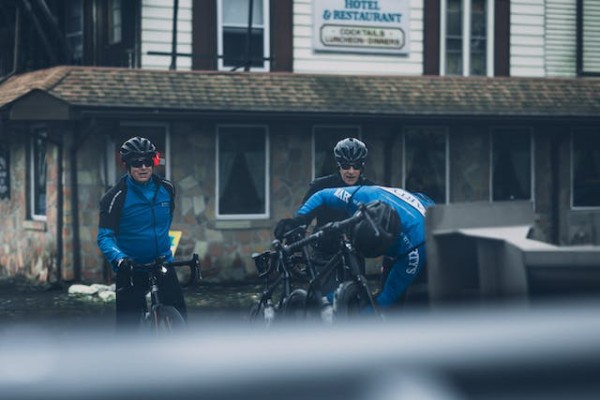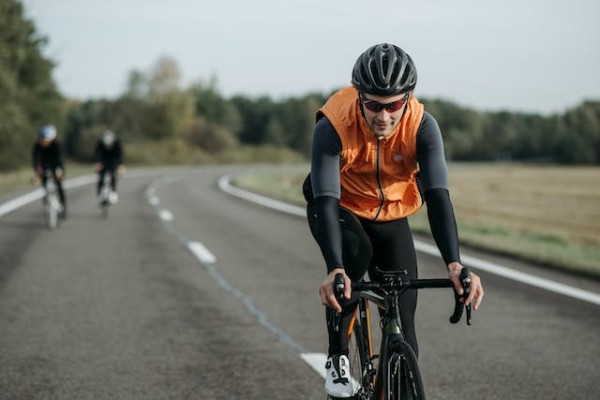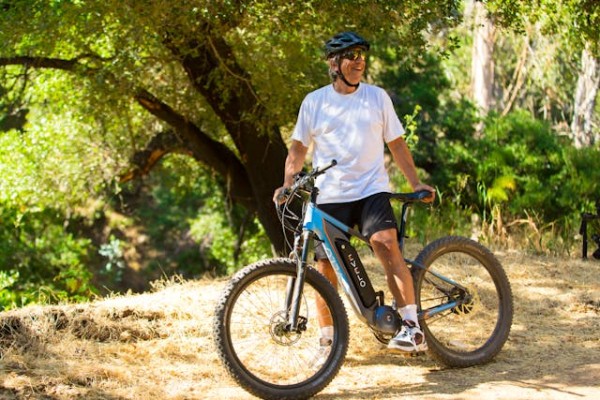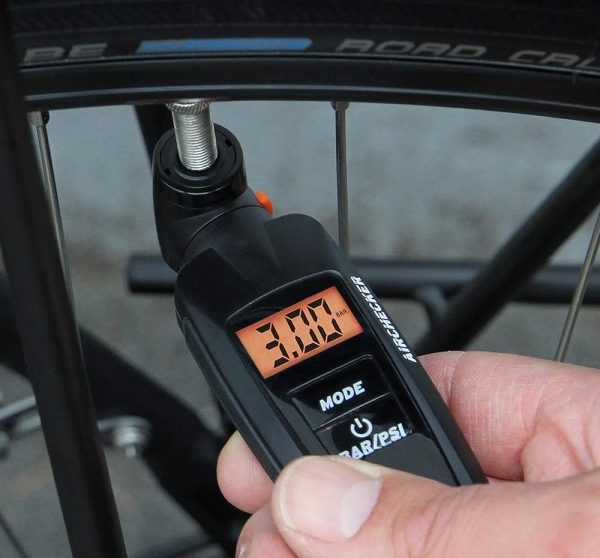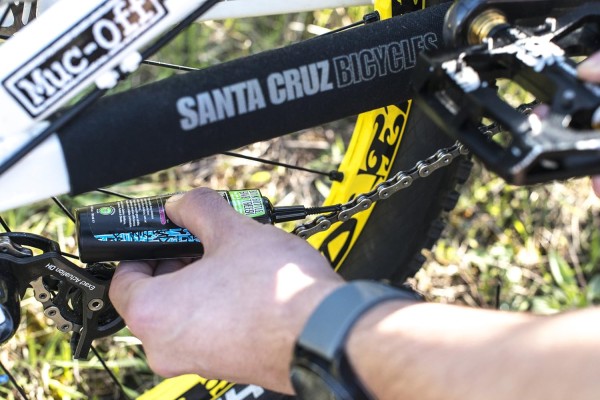Are you tired of feeling uncomfortable every time you hop on your bike? Well, fear not, because we have some quick tips that will make your biking experience a lot more enjoyable. From adjusting your bike seat to upgrading your handlebars, there are simple tweaks you can make that will have a big impact on your comfort level.
But that’s not all, we’ll also guide you on choosing the right bike saddle, optimizing your bike fit, and adding cushioning accessories. So, if you’re ready to take your biking game to the next level, keep reading to discover these valuable tips that will make your rides a breeze.
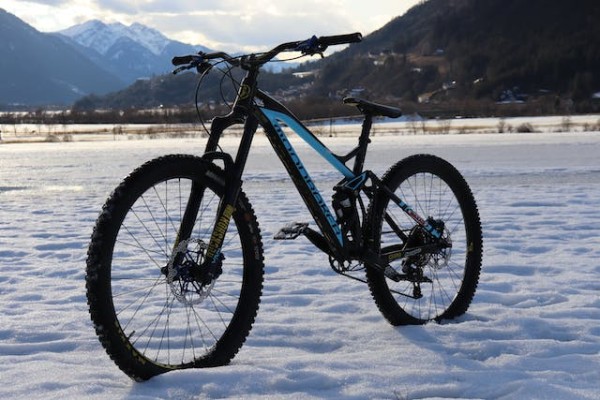
1. Adjust Your Bike Seat
To achieve optimal comfort while riding your bike, it’s crucial to properly adjust your bike seat. A well-adjusted bike seat ensures that your body is properly aligned, reducing the risk of discomfort and injury. Start by setting the height of your seat. Sit on your bike with one pedal at the lowest position. Your leg should be almost fully extended, with a slight bend at the knee.
Next, adjust the fore and aft position of your seat. This can be done by loosening the seat clamp and sliding the seat forward or backward. Find a position where your knee is directly over the pedal axle when the crank arm is parallel to the ground. Finally, make sure the seat is level. Use a spirit level or simply eyeball it. A properly adjusted bike seat will make your rides more enjoyable and efficient, allowing you to fully focus on the road ahead.
2. Upgrade Your Handlebars
Once you have properly adjusted your bike seat for optimal comfort, the next step to making your bike more comfortable is to upgrade your handlebars. Handlebars play a crucial role in determining your riding position and overall comfort on the bike. There are several types of handlebars to choose from, including flat, drop, and riser bars, each offering different benefits.
- Flat handlebars provide a more upright riding position, ideal for city commuting or casual riding.
- Drop handlebars, commonly found on road bikes, offer multiple hand positions for long-distance rides and aerodynamic advantages.
- Riser bars are popular among mountain bikers, providing better control and maneuverability on rough terrains.
When upgrading your handlebars, consider factors such as width, shape, and material to ensure a comfortable and efficient riding experience.
3. Choose the Right Bike Saddle
Choosing the right bike saddle is essential for ensuring optimal comfort and performance during your rides. A well-fitting saddle can make a significant difference in your cycling experience, preventing discomfort and pain in sensitive areas. When selecting a saddle, consider your riding style, body type, and personal preferences.
Firstly, determine your riding style. If you enjoy long rides and endurance cycling, a wider and more cushioned saddle may be suitable. On the other hand, if you prefer shorter, faster rides, a narrower and firmer saddle might be more appropriate.
Next, consider your body type. Cyclists with wider sit bones may benefit from a wider saddle, while those with narrower sit bones may find a narrower saddle more comfortable. Many bike shops offer a sit bone measurement service to help you find the right size.
Lastly, take your personal preferences into account. Some riders prefer a saddle with a cutout or relief channel to alleviate pressure on sensitive areas, while others prefer a flat or curved saddle shape.
5. Optimize Your Bike Fit
To achieve optimal comfort and performance on your bike, it’s crucial to ensure that your bike fit is optimized. A proper bike fit can prevent discomfort, reduce the risk of injury, and improve overall efficiency.
Start by adjusting the saddle height. When your pedal is at the bottom of the stroke, your leg should be almost fully extended with a slight bend in the knee. Next, adjust the saddle’s fore/aft position. This affects your weight distribution and can help prevent strain on your knees.
The handlebar position is also important. Aim for a comfortable reach that allows you to maintain a relaxed posture. Finally, consider getting a professional bike fit. A trained expert can analyze your riding style, and body position, and make adjustments to fine-tune your bike fit.
6. Add Cushioning Accessories
Now that you have optimized your bike fit for maximum comfort and performance, let’s explore the next step in making your bike more comfortable: adding cushioning accessories.
Cushioning accessories can greatly enhance your riding experience by providing additional support and reducing the impact on your body. One of the most popular cushioning accessories is a gel seat cover. These covers are designed to fit over your existing bike seat and provide a layer of gel padding that absorbs vibrations and shocks.
Another option is padded cycling gloves, which offer extra cushioning for your hands and reduce pressure on your palms. Additionally, foam handlebar grips can provide a soft and comfortable grip, reducing hand fatigue and numbness.
Frequently Asked Questions
How Do I Choose the Right Bike Helmet for Maximum Comfort?
To choose the right bike helmet for maximum comfort, start by considering the size and fit. Make sure it sits snugly on your head without any gaps or movement. Look for helmets with adjustable straps and a secure closure system. Ventilation is crucial for airflow and preventing overheating, so opt for helmets with multiple vents.
What Are Some Tips for Preventing Hand Numbness While Cycling?
Experiencing hand numbness while cycling can be a frustrating and uncomfortable problem. To prevent this issue, there are a few tips you can follow. First, make sure your bike’s handlebars are positioned correctly to minimize strain on your hands.
Additionally, using padded gloves can provide extra cushioning and reduce pressure on your palms. Lastly, taking breaks and stretching your hands and fingers during longer rides can help alleviate numbness.
How Can I Reduce Neck and Shoulder Pain During Long Bike Rides?
To reduce neck and shoulder pain during long bike rides, try adjusting your bike’s handlebar height and reach. Ensure that your handlebars are positioned at a comfortable height and distance from your body. This will help you maintain a more natural posture and reduce strain on your neck and shoulders.
Additionally, consider strengthening your core muscles, as a strong core can provide better support and stability while riding. Regular stretching exercises for your neck and shoulders can also help alleviate pain and tension.
Are There Any Exercises or Stretches That Can Help Alleviate Lower Back Pain While Cycling?
To alleviate lower back pain while cycling, there are some exercises and stretches that can help. Engaging in regular core strengthening exercises, such as planks and bridges, can provide stability and support to your lower back.
Additionally, stretching your hip flexors and hamstrings can help improve your posture on the bike, reducing strain on your lower back. Remember to consult with a professional before starting any new exercise routine.
Conclusion
Adjusting your bike seat, upgrading your handlebars, choosing the right bike saddle, optimizing your bike fit, and adding cushioning accessories will all contribute to a more enjoyable and comfortable biking experience. These adjustments and upgrades will transform your bike into a personalized and tailored ride, allowing you to cruise smoothly and effortlessly, like a well-oiled machine.
